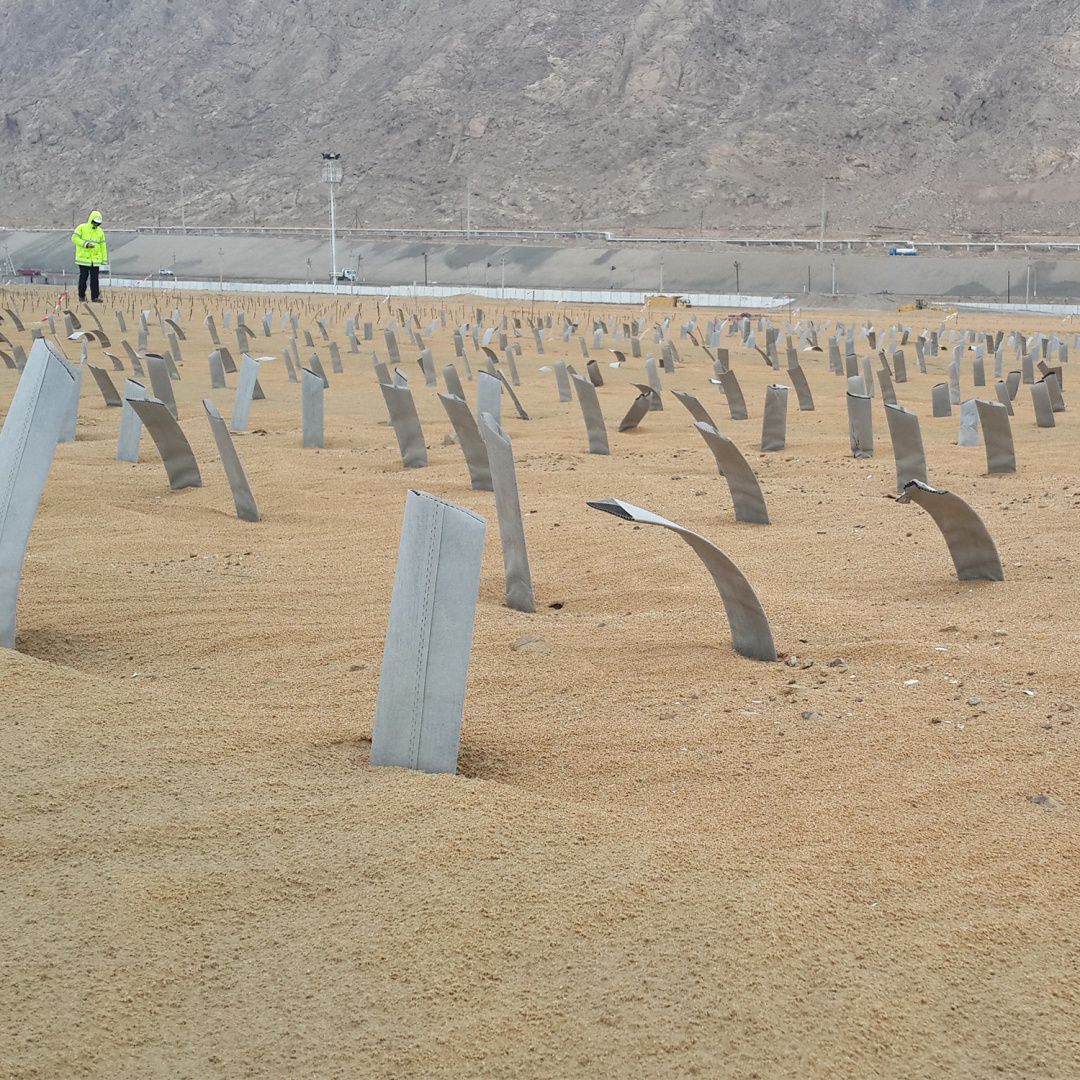Column drains
Column drains, sometimes called stone or vertical drains, are a technique to install artificial paths for water into soft compressible soils. They accelerate the consolidation of and reduce the overall water of typically peat-clay type soils.
They are constructed through a vibrating probe which feeds crushed coarse aggregates into the ground forming a vertical column.
Column drains are particularly useful in soils susceptible to liquefaction during earthquake events, or on previously undeveloped sites due to adverse ground conditions. Liquefaction is inhibited by rapidly reducing pore water pressure in the first few critical seconds of an earthquake.
Column drains also effectively increase soil stiffness and help stabilise slopes by allowing subsoil consolidation to occur quickly.
CLL’s knowhow can advise on column diameter, depth, pattern and spacing to accelerate soil consolidation and reduce post-construction settlement.
“Sometimes our recommendation, design and construction is of a column drain.
“By making these columns relatively close together, water has a ready path other than attempting to slowly percolate down already water-logged soils.
“Often we’ll connect these up to a horizontal board drain as a further means to egress the water away.
“As always, the use of a column drain is based on a horses for courses approach.
“We know what we’re doing, how to do it, and how to best implement them in the most cost-efficient manner.”
Alan Marychurch
Terry Donnelly

